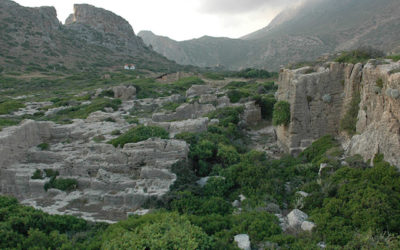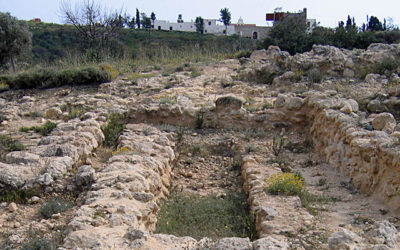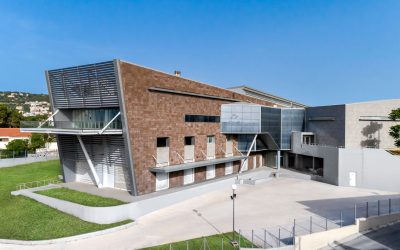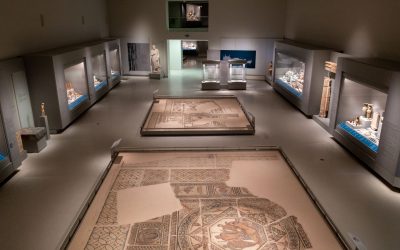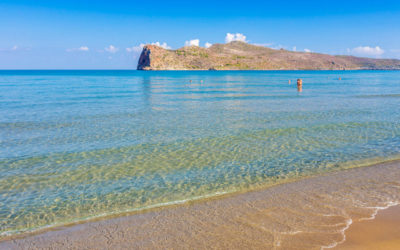Chania
The city of Chania, a monument in all respects, is built on the ruins of Minoan Kydonia, while the traces left behind by the Romans, Byzantines, Venetians, and Ottomans are still evident everywhere; the walls that surround the old city, the dry docks, the Egyptian lighthouse, the monasteries, the mosques, and so many more sites for visitors to discover in just a few hours.
Just outside the city, amphitheatrically positioned, is the tomb of statesman Eleftherios Venizelos, while in the historic Chalepa district visitors encounter the great politician’s Home – Museum, as well as the newly built Archaeological Museum of Chania. A tour of the many remarkable museums of Chania will complete the image of the area’s historical wealth for visitors. Ancient Aptera, one of the most important city-states of antiquity, is located above the bay of Souda, one of the largest natural ports of the Mediterranean.
Day and night, Chania is a lively city, with Cretan delicacies mingling with the finest cuisines, the sound of the Cretan lyra followed by music from all over the world, drinking, talking, and dancing.
Beyond the city, the provinces are filled with hospitable villages, olive groves, orange groves, vineyards, and vegetable gardens, with the scattered ruins of ancient settlements, Byzantine churches, Venetian villas, and Ottoman forts.
This is also the home of the most famous and award-winning beaches in the world, such as Balos and Elafonisi or Lafonisi, while the landscape changes completely from north to south, offering a wealth of experiences to visitors. The north, with Agia Marina, Platanias, Georgioupoli, etc., has been developed for tourism, with large hotel units, organised beaches, and lots of infrastructure. The south offers a wilder and more unique landscape, with mountains coming all the way down to the sea, the deep waters of the South Sea of Crete, and sandy beaches that alternate with beaches with pebbles and large stones, in Sfakia, Paleochora, Sougia and elsewhere. Gavdos, the southernmost tip of Europe, is a particularly special destination, with its singular aura, its unique landscapes, and its people.
Crete reveals other secrets to those who stray from the most popular destinations, discovering hiking trails and hidden beaches, climbing the mountains, descending into the canyons — the most famous being that of Samaria — finding villages forgotten by time, taking in the scent of herbs such as thyme and rosemary, tasting honey, cheese, crushed olives, snails, and antikristo (a traditional technique for cooking meat).
Archaeological Sites
Museums


